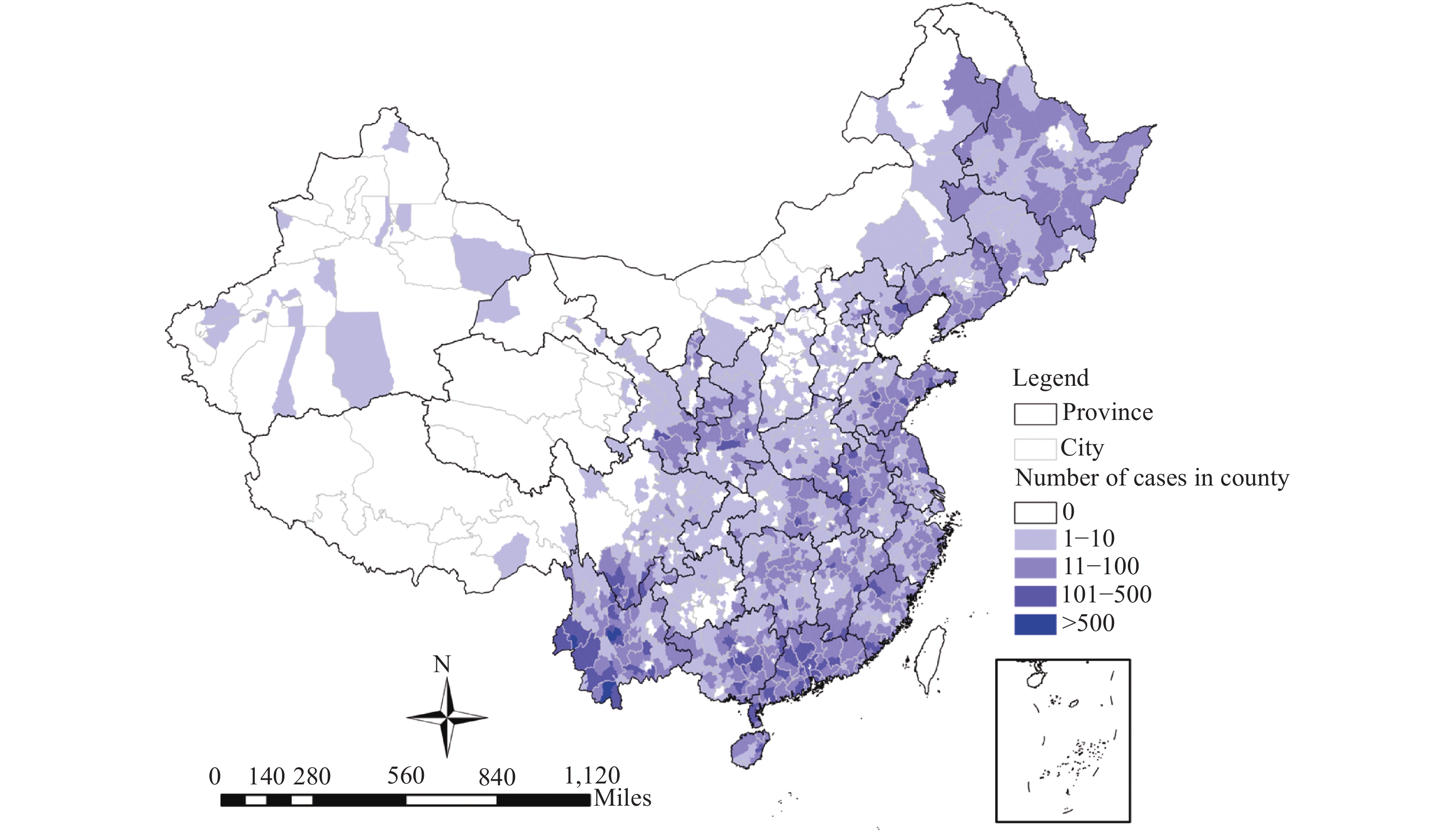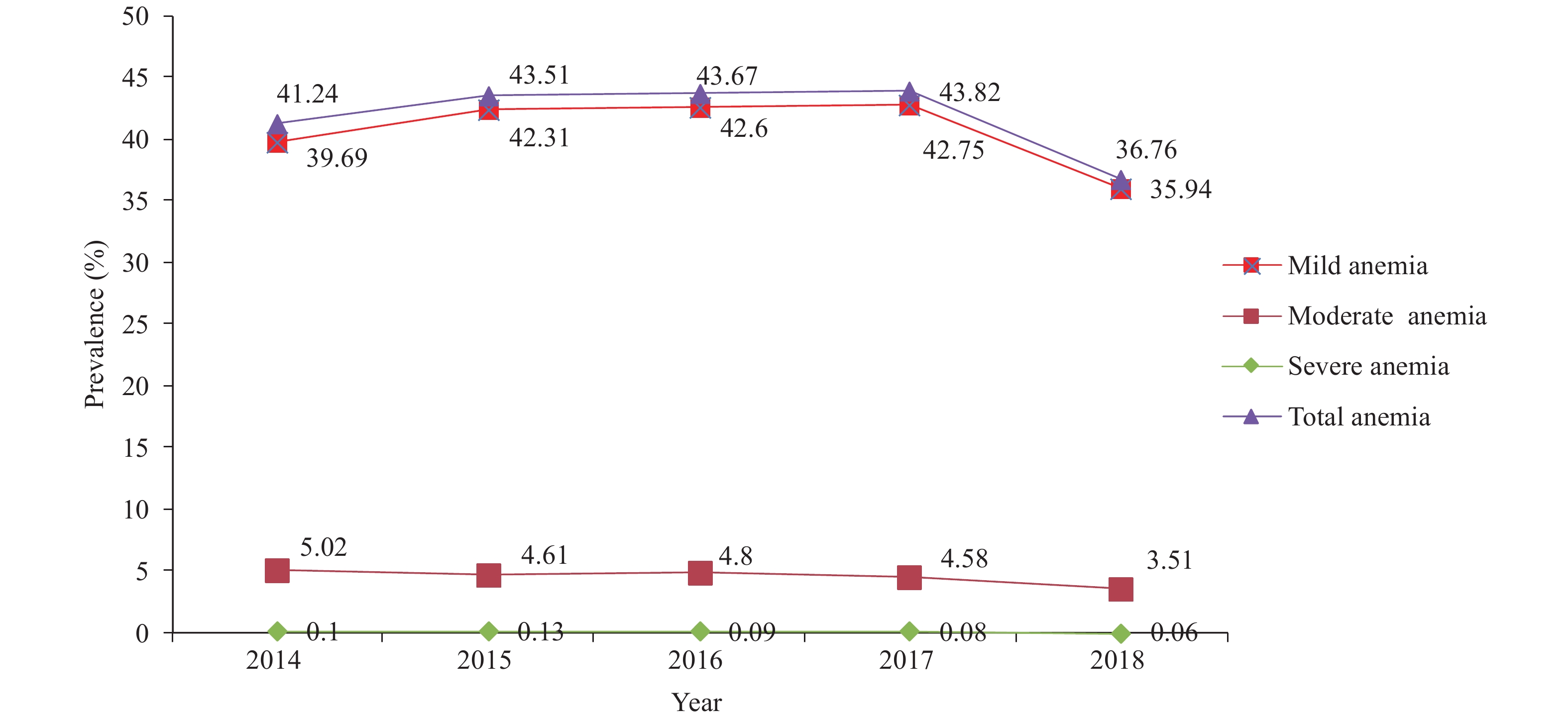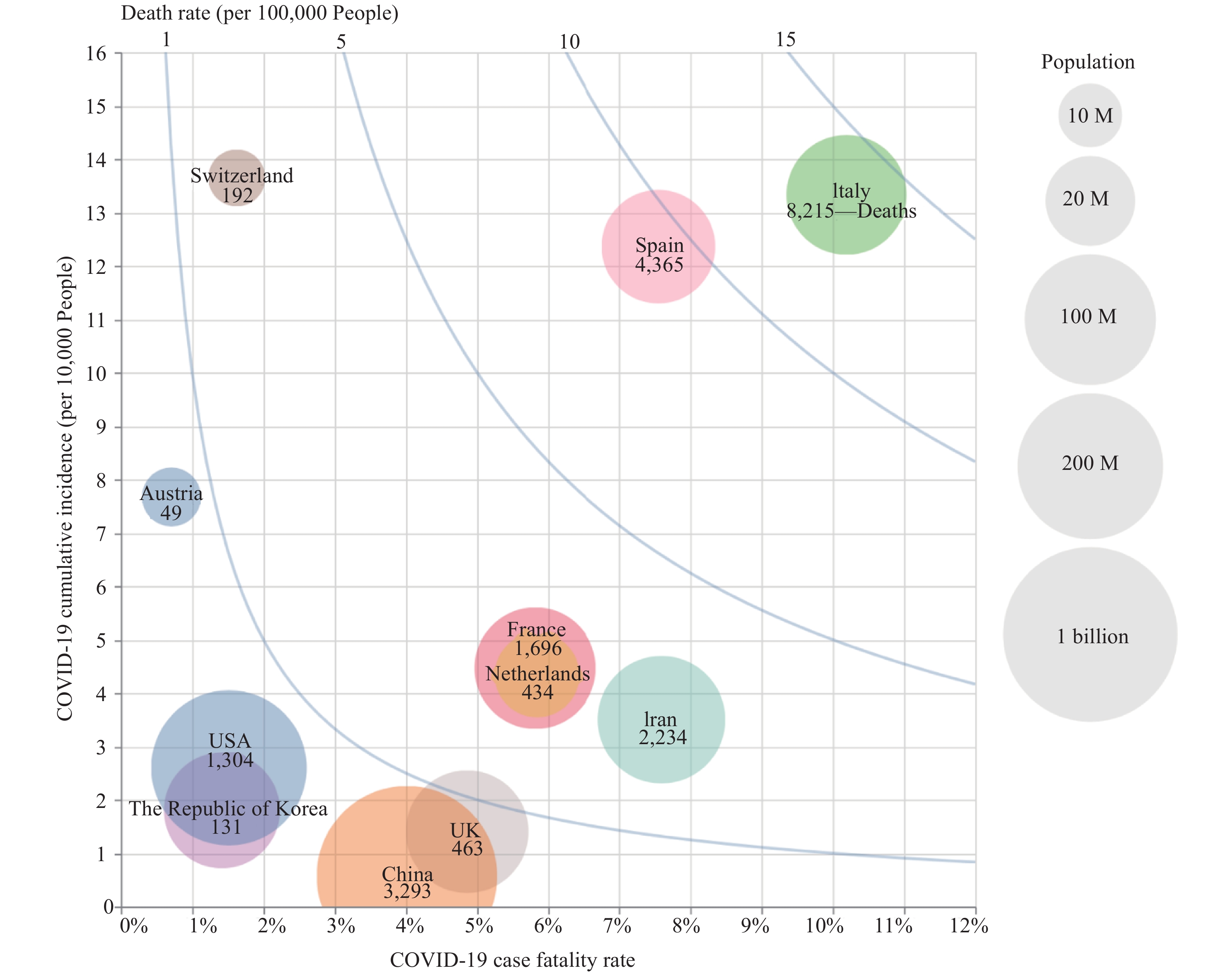2020 Vol. 2, No. 14
What is already known about this topic?
Anemia during pregnancy is a global public health problem affecting both maternal and children’s health. The “National Nutrition Plan (2017–2030)” and “Healthy China Action (2019–2030)” issued by the State Council of China in 2017 and 2019, respectively, specified nutrition targets: by 2030, the anemia rate in pregnant women should be reduced to less than 10%. The anemia prevalence of pregnant women reported by the Chinese Nutrition and Health Surveillance in 2006 and 2010–2012 was 42.0% and 17.2%, respectively.
What is added by this report?
Past surveillance in 2010–2012 did not divide pregnant women by gestation week, and the sample size was only 4,315 cases. In this study, the information of 206,753 registered pregnant women from their first antenatal care (ANC) examination to childbirth was collected from 2014 to 2018. The overall prevalence of anemia among pregnant women was 41.98%.
What are the implications for public health practice?
The overall prevalence of anemia among pregnant women in the monitoring areas was high, far from the target of 10%. Anemia remains a serious health problem among pregnant women in China. It is urgent to develop effective strategies and take measures to reduce the prevalence of anemia in China.



 Subscribe for E-mail Alerts
Subscribe for E-mail Alerts CCDC Weekly RSS Feed
CCDC Weekly RSS Feed

